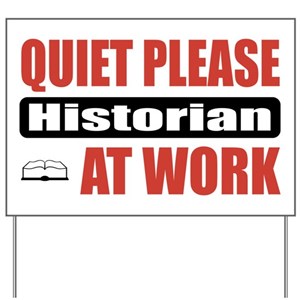 Whilst there has been much more talk about mental health in the media in the last few years, telling others that one ‘goes to a therapist’ tends to be something that we shy away from, as if there is something embarrassing about needing the help of another to make sense of our struggles. It seems to be much more socially acceptable to tell people about physical maladies we experience, rather than problems we are experiencing in our psyche. Perhaps one of the reasons for this is that exploring psychological wellbeing is something that takes us into the realm of the invisible: our inner world.
Whilst there has been much more talk about mental health in the media in the last few years, telling others that one ‘goes to a therapist’ tends to be something that we shy away from, as if there is something embarrassing about needing the help of another to make sense of our struggles. It seems to be much more socially acceptable to tell people about physical maladies we experience, rather than problems we are experiencing in our psyche. Perhaps one of the reasons for this is that exploring psychological wellbeing is something that takes us into the realm of the invisible: our inner world.
As a therapist, I think that the mystery that can enfold the world of therapy is also unhelpful. One way of demystifying therapy is to see the what happens between a patient and therapist as akin to the work of historians—a process of exploration in which therapist and patient work together, engaging their curiosity and skills of deduction about what has gone on in the past, exploring how this history influences the present, and what choices can be seen or imagined in the future. Through this excavation of the past there can be discovery of what has been lost, as well as what can be found. Piecing together these losses and discoveries into a personal history can help us make sense of ourselves thereby opening up the possibility of living more creatively in the future.
At a societal level, it is fairly well accepted that without historical knowledge, we can end up repeating the same patterns over and over again. It is the same at an individual level—we need to be able to exercise our historical imagination to try understand what has gone on in the past, so as to reveal aspects of the ourselves that otherwise remain hidden from view. R.G Collingwood argued for this, in his 1939 book ‘The Idea of History”:
Suppose the past lives on in the present; suppose, though encapsulated in it, and at first sight hidden beneath the present’s contradictory and more prominent features, it is alive and active; the historian may very well be related to the non-historian as the trained woodsman is to the ignorant traveler. “Nothing here but trees and grass,” thinks the traveller, and marches on. “Look,” says the woodsman, “there is a tiger in the grass.” The historian’s business is to reveal the less obvious features hidden from the careless eye in the present situation. What history can bring to moral and political life is a trained eye for the situation in which one has to act. (R. G. Collingwood, 1939, p.100)
Collingwood was writing about historians working at a societal level, and how historical knowledge equips us to avoid generalisations and understand distinct patterns in group behaviour. However, I think his quote is deeply evocative of a process right at the heart of therapy—an exploration of an internal psychological landscape—present and past—in order to map the prominent topographies, the flora and fauna of our inner world. Historical knowledge is empowering, whether that be at an individual or societal level, and I think that we can demystify therapy and perhaps make it seem less frightening when we understand in these terms.
